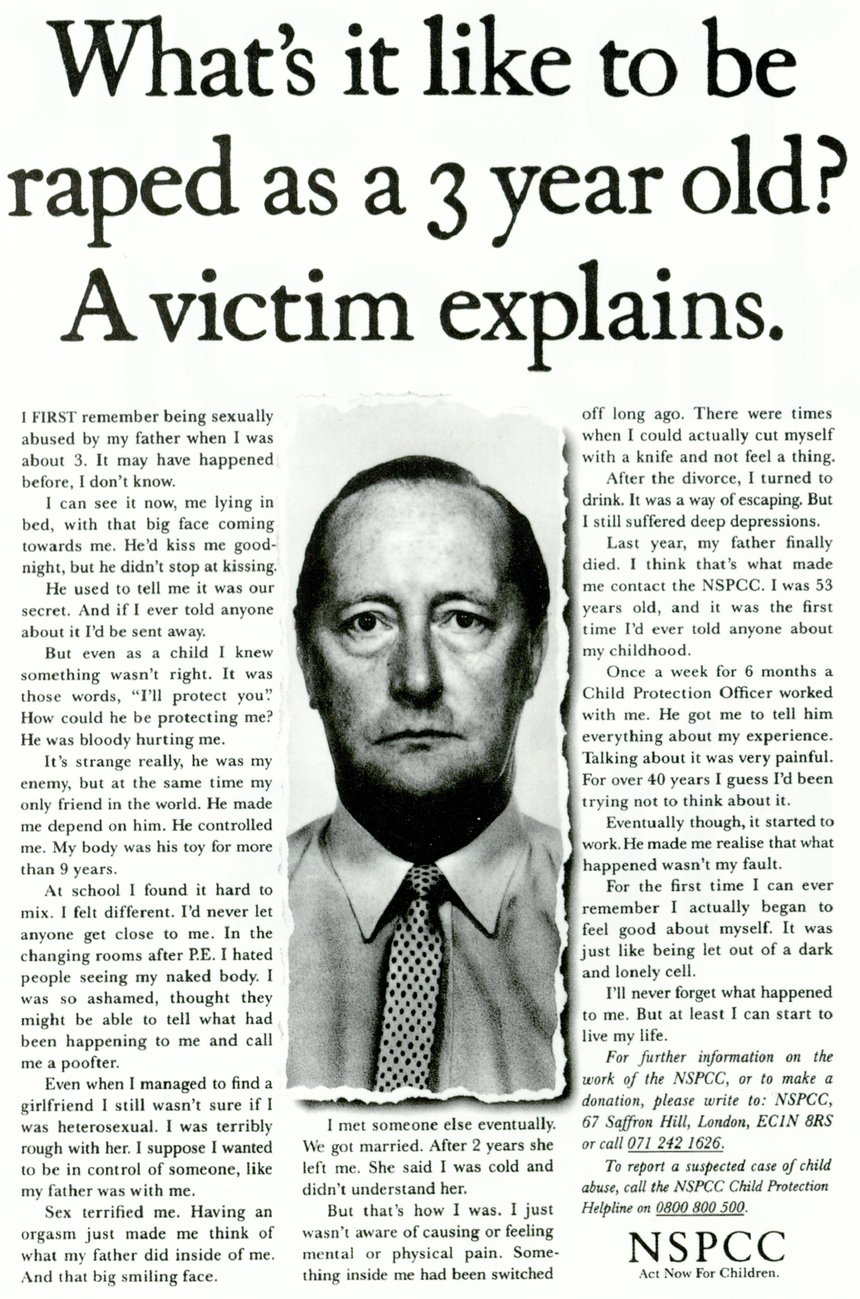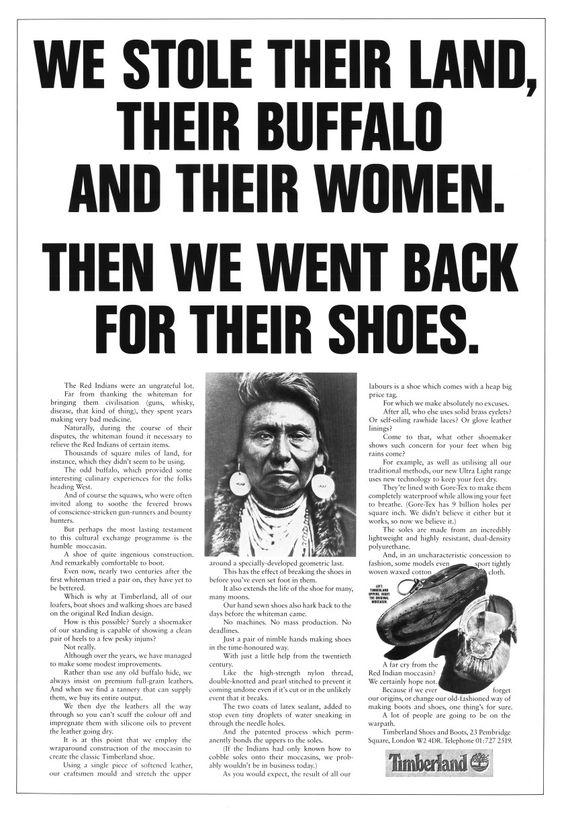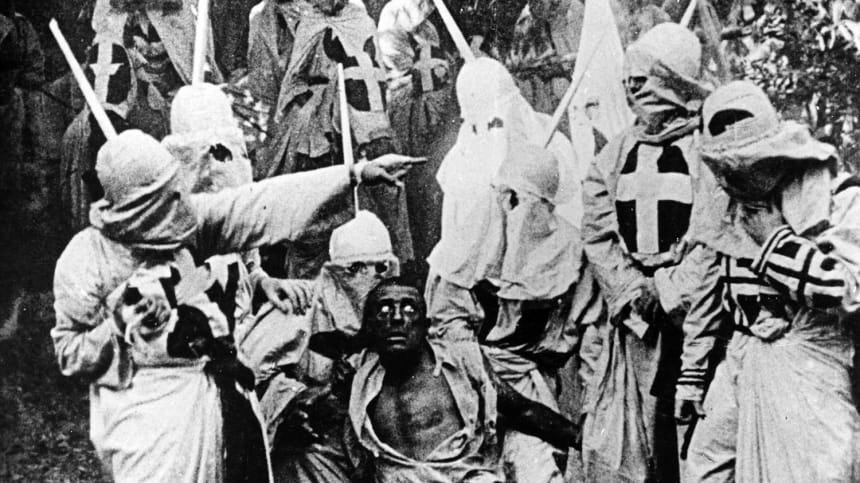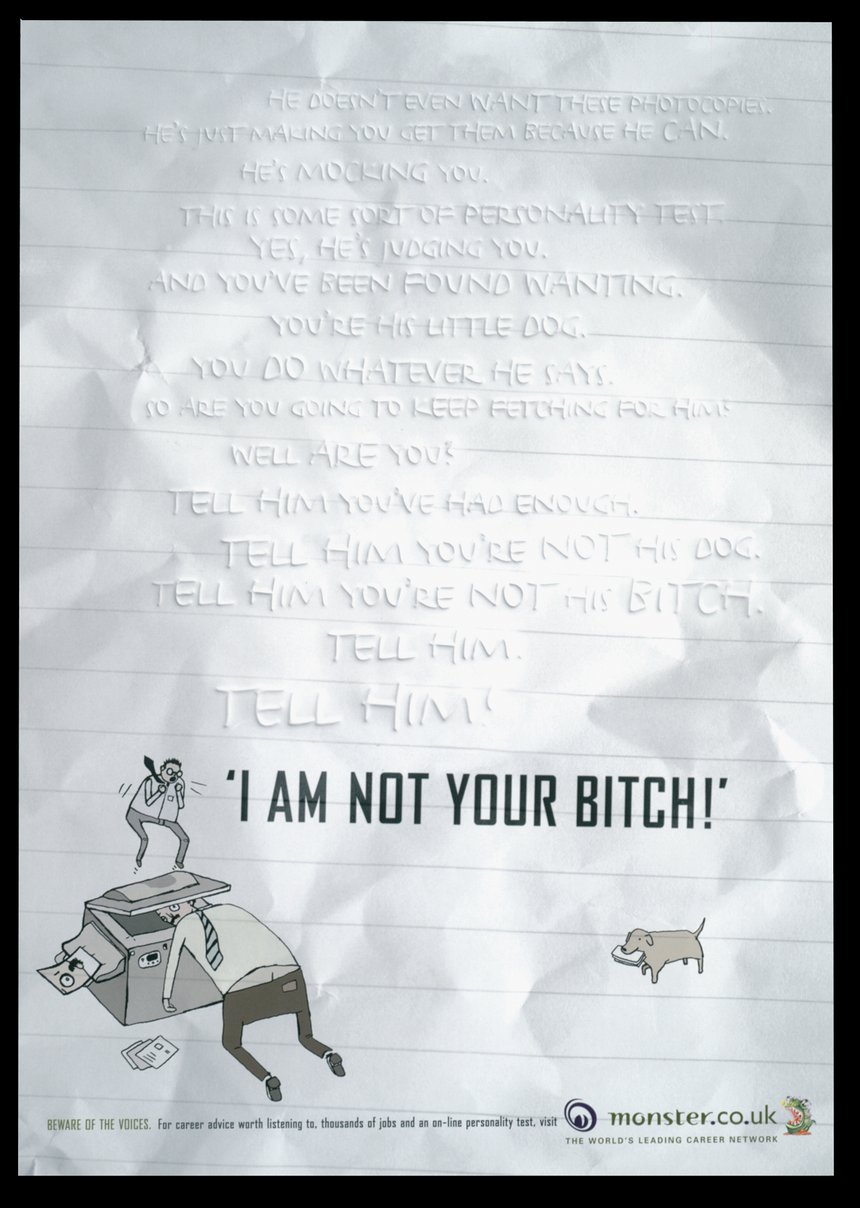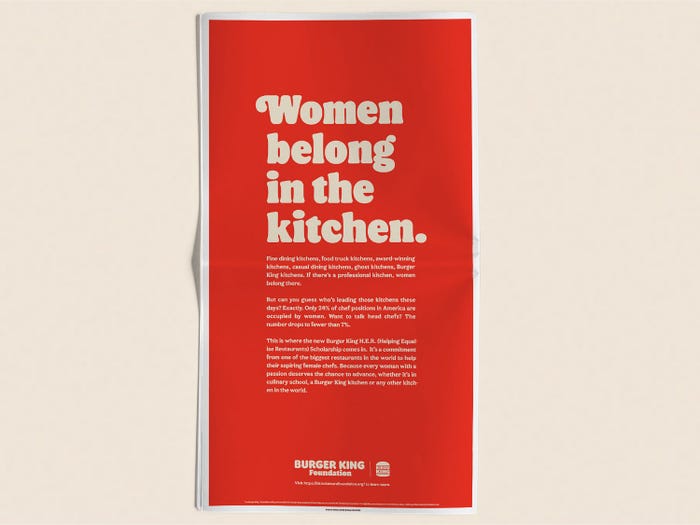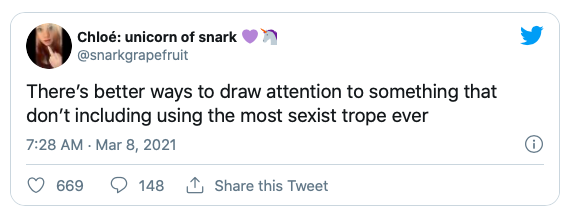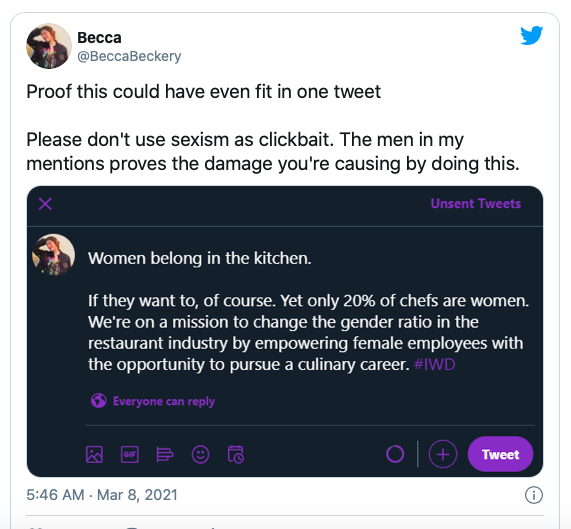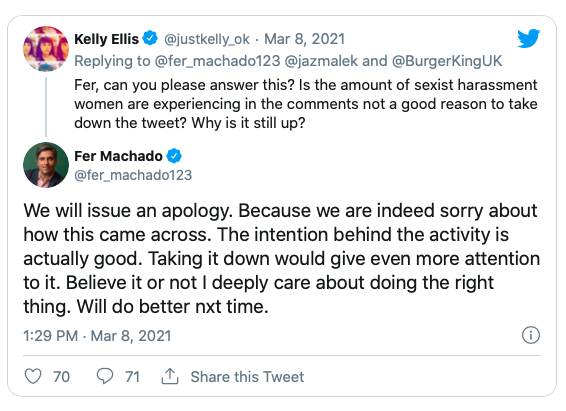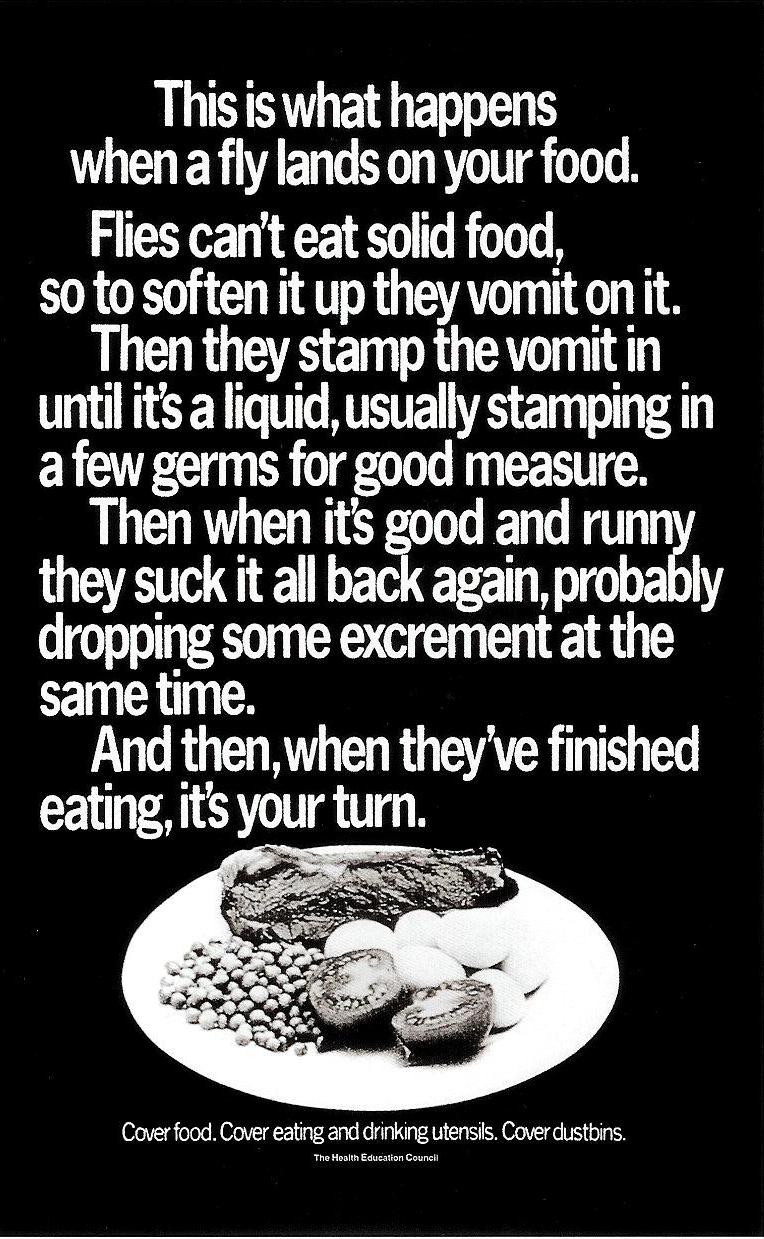Great Copy, Part 9.
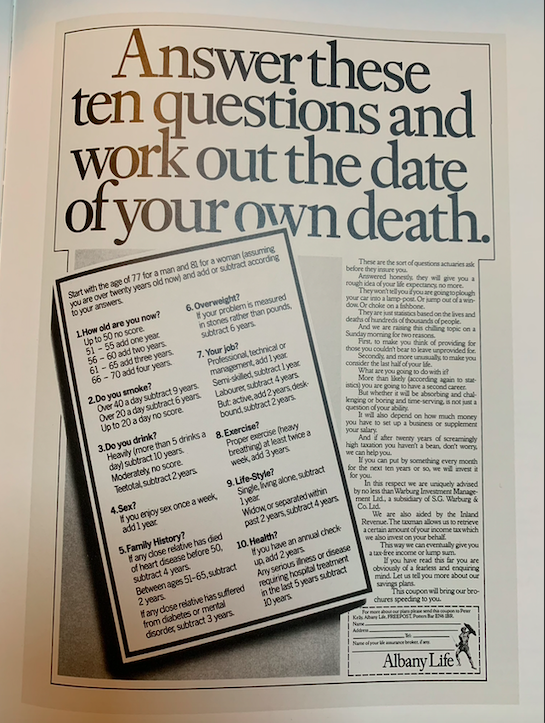
This week’s exemplary collection of words is from the great Tony Brignull.
He said that he wanted to create an ad for an insurance company that would insist you read it, and I think he’s done exactly that.
It ran in 1980, so there were fewer distractions (only three TV channels, imagine…), but I would suggest that this ad would still be hard to ignore today.
Unlike much of the guff that runs today, it is not about ‘building a better tomorrow’ or a ‘brighter future for all of us’. It simply says it’s going to tell you roughly when you’ll die.
So that’s the first task completed: you’ve noticed it, and there is now approximately zero chance that you’ll stop reading at the headline. You’re going to do the quiz, think about the answers, read the copy, chat about it with your spouse and probably alter your entire lifestyle. It might even end up saving or extending your life.
Not bad for a single page black and white press ad.
And make sure you read every word of the copy, because it is an object lesson in how to make a persuasive argument flow like melted butter.
It starts with a little reality check (‘a rough idea…no more’) then heads into a paragraph about the situations that don’t apply, including death by fishbone, lamp-post and suicide. It then offers two excellent reasons for this rude interruption to your Sunday morning, followed by a persuasive argument for needing the money that Albany Life could provide. Finally there’s a slightly edgy reference to how quickly they can send the brochures your way (y’know, in case you do really badly on the quiz), and the all-important coupon.
No puns, no flash, no tricks; just the cold logic that you would never apply to your own death, delivered in a tone that is shockingly matter-of-fact.
40 years after it ran, I’m delighted to know that I’ll make it to at least 80, assuming I don’t choke on a fish bone.
